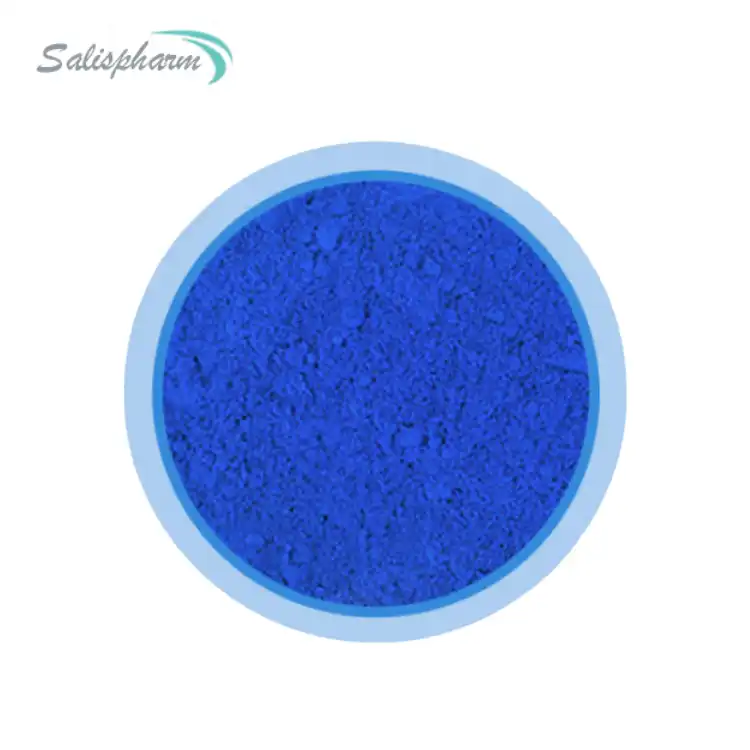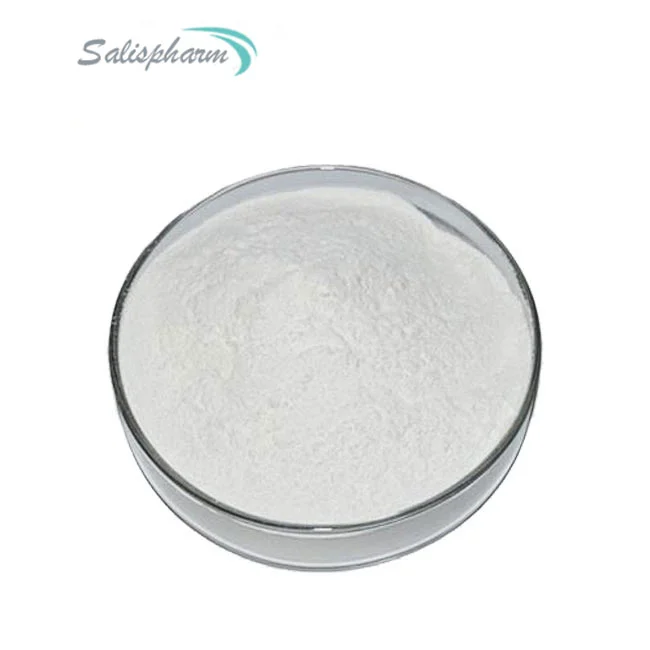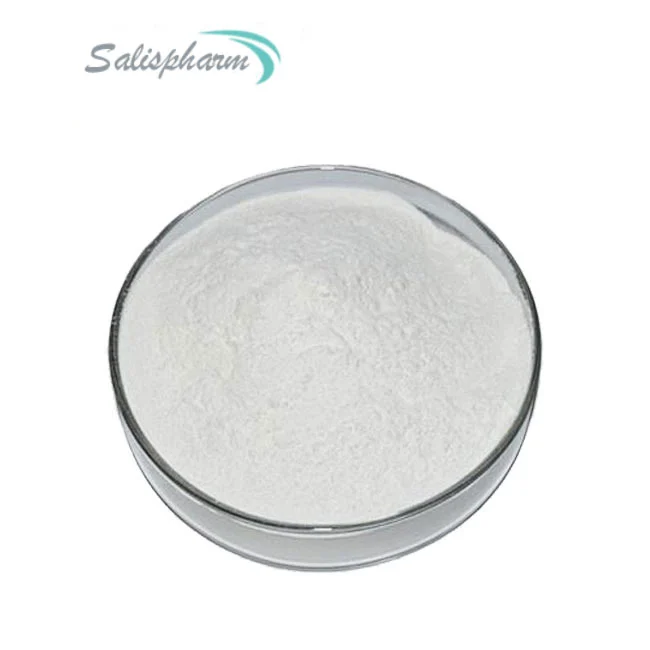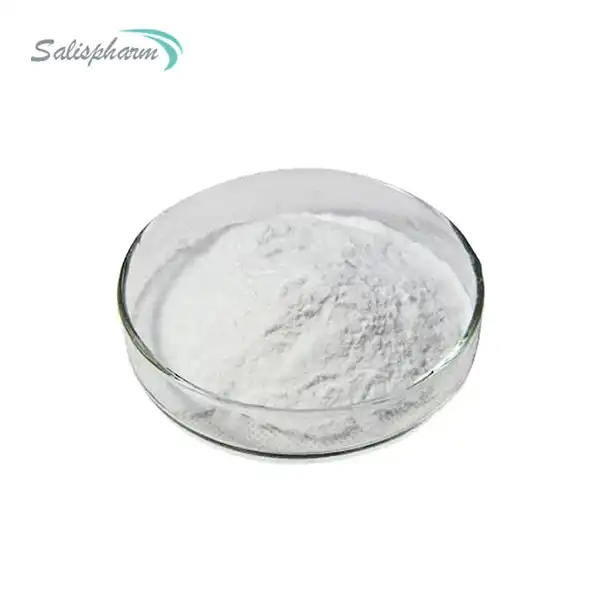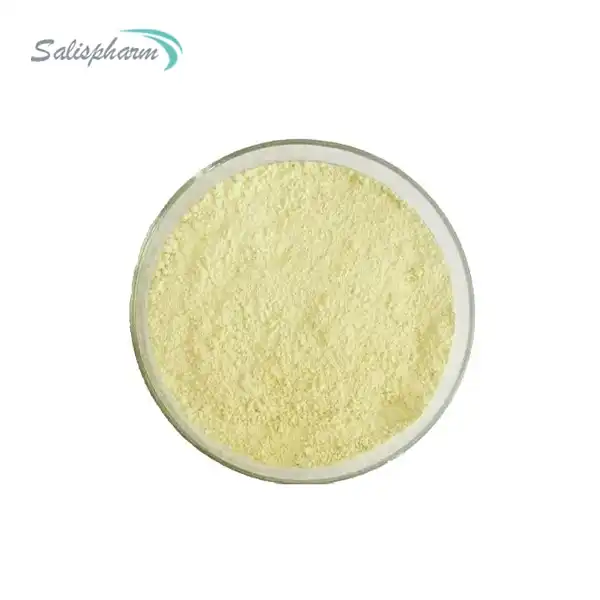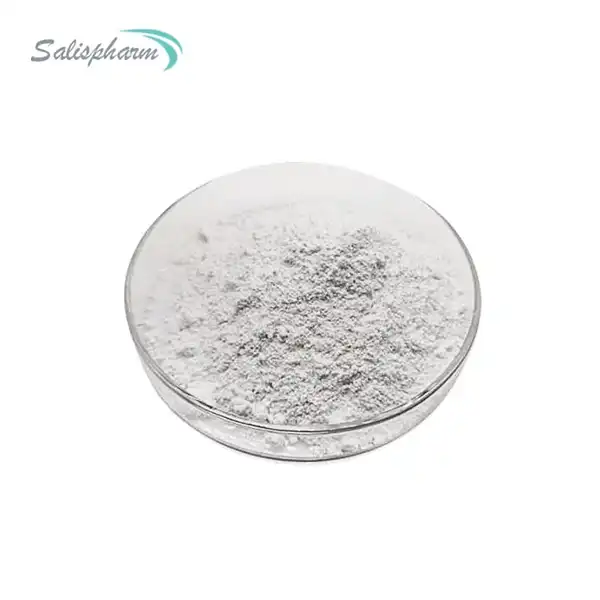Epinephrine, also known as adrenaline, is a hormone and medication that plays a crucial role in the body's fight-or-flight response. It is primarily used to treat various medical conditions, including anaphylaxis, cardiac arrest, and certain respiratory disorders. Epinephrine powder, a dry and stable form of the drug, has gained popularity due to its versatility and ease of administration. In this blog post, we will explore the uses of epinephrine powder and address some common questions surrounding its application.
What is epinephrine powder used for in an emergency?
Epinephrine powder is widely recognized as a life-saving medication in emergency situations. Its primary use is in the treatment of anaphylaxis, a severe and potentially life-threatening allergic reaction that can cause airway constriction, breathing difficulties, and a dramatic drop in blood pressure. When administered promptly, epinephrine powder can counteract the effects of anaphylaxis by relaxing the muscles in the airways, increasing blood flow, and reducing swelling and inflammation.
The rapid action of epinephrine powder in anaphylaxis is crucial, as it can prevent the progression of symptoms and potentially save lives. It works by binding to adrenergic receptors in various tissues, leading to multiple beneficial effects. In the cardiovascular system, it increases heart rate and contractility, improving blood circulation to vital organs. In the respiratory system, it causes bronchodilation, opening up the airways and facilitating easier breathing. Additionally, epinephrine helps to stabilize mast cells and reduce the release of inflammatory mediators, further alleviating the allergic response.
In addition to anaphylaxis, epinephrine powder is also utilized in emergency situations such as cardiac arrest. During a cardiac arrest, the heart stops pumping blood effectively, depriving the body's organs of oxygen. Epinephrine powder can be administered to stimulate the heart and increase its contractility, improving the chances of successful resuscitation. The drug's alpha-adrenergic effects cause vasoconstriction, which helps to redirect blood flow to vital organs like the heart and brain. Meanwhile, its beta-adrenergic effects enhance myocardial contractility and increase heart rate, potentially restoring spontaneous circulation.
Furthermore, epinephrine powder may be used to treat severe asthma attacks or other respiratory emergencies where bronchospasm (constriction of the airways) occurs. By relaxing the smooth muscles in the airways, epinephrine powder can facilitate easier breathing and alleviate respiratory distress. This bronchodilatory effect is particularly beneficial in cases where standard inhaled beta-agonists are ineffective or unavailable.
In some cases, epinephrine powder may also be used to manage severe hypotension (low blood pressure) associated with septic shock or other causes of distributive shock. Its vasoconstrictive properties help to increase blood pressure and improve perfusion to vital organs, potentially stabilizing the patient's condition until more definitive treatment can be initiated.

How is epinephrine powder administered in medical settings?
Epinephrine powder is typically packaged in pre-measured, single-use vials or ampules, ensuring precise dosing and minimizing the risk of contamination. In medical settings, epinephrine powder is administered through various routes, depending on the specific situation and the patient's condition.
One of the most common methods of administration is intramuscular injection, where the powder is reconstituted with a sterile diluent and injected directly into the muscle, usually in the thigh or upper arm. This route provides rapid absorption and distribution of the medication throughout the body. The intramuscular route is preferred in many emergency situations, such as anaphylaxis, due to its ease of administration and relatively quick onset of action.
In cases of severe respiratory distress or cardiac arrest, epinephrine powder may be administered intravenously (IV) or through an endotracheal tube directly into the lungs. The IV route allows for immediate delivery of the medication into the bloodstream, while endotracheal administration can provide localized bronchodilation and improve oxygenation. IV administration is often used in hospital settings or during advanced life support procedures, where rapid and precise control of drug delivery is essential.
For patients with chronic conditions that may require frequent epinephrine use, such as severe allergies, auto-injector devices containing pre-measured doses of epinephrine solution are available. While these devices do not use epinephrine powder directly, they provide a convenient and rapid method of administration in emergency situations outside of medical settings.
In some specialized medical procedures, such as ophthalmic surgeries or dental treatments, epinephrine powder may be reconstituted and used topically or as part of a local anesthetic solution. In these cases, the drug's vasoconstrictive properties can help to reduce bleeding and prolong the effects of local anesthetics.
It is important to note that epinephrine powder should only be administered by trained medical professionals who can properly reconstitute the powder, calculate the correct dosage, and monitor the patient for potential side effects or complications. The process of reconstitution requires careful attention to sterile technique and accuracy in measuring both the powder and diluent to ensure the correct concentration is achieved.
Proper storage of epinephrine powder is crucial to maintain its efficacy. It should be kept in a cool, dry place away from direct sunlight and extreme temperatures. Regular checks of expiration dates and proper disposal of expired medications are essential practices in medical settings to ensure that only viable epinephrine powder is available for use in emergencies.
Are there any potential side effects or precautions with epinephrine powder?
While epinephrine powder is a life-saving medication, it is not without potential side effects and precautions. Some of the common side effects associated with epinephrine use include:
1. Increased heart rate (tachycardia)
2. Elevated blood pressure (hypertension)
3. Tremors or shakiness
4. Anxiety or restlessness
5. Headache
6. Nausea or vomiting
7. Pallor or flushing of the skin
8. Dizziness or lightheadedness
9. Sweating
10. Difficulty urinating
These side effects are generally transient and often resolve as the drug's effects wear off. However, they can be distressing for patients and may require supportive care or monitoring in some cases.
In some cases, more severe side effects may occur, such as pulmonary edema (fluid buildup in the lungs), arrhythmias (irregular heart rhythms), or myocardial ischemia (reduced blood flow to the heart muscle). These complications are more likely to occur in patients with pre-existing cardiovascular conditions or when epinephrine is administered at high doses or via rapid intravenous infusion.
It is essential to carefully evaluate the patient's medical history and current conditions before administering epinephrine powder. Certain pre-existing conditions, such as cardiovascular diseases, hyperthyroidism, or diabetes, may increase the risk of adverse reactions or complications. Patients with these conditions may require closer monitoring and potentially adjusted dosing strategies.
Healthcare professionals must also exercise caution when administering epinephrine powder to pregnant women, as it can potentially affect the fetus. While epinephrine is considered relatively safe during pregnancy, especially when used to treat life-threatening conditions like anaphylaxis, the potential risks and benefits should be carefully weighed in each situation.
Additionally, epinephrine powder should be used with caution in elderly patients or those with underlying medical conditions, as they may be more susceptible to side effects. Age-related changes in cardiovascular function and drug metabolism can alter the body's response to epinephrine, potentially increasing the risk of adverse effects.
Interactions with other medications should also be considered when using epinephrine powder. Certain drugs, such as beta-blockers, can potentially reduce the effectiveness of epinephrine or increase the risk of adverse cardiovascular effects. Conversely, some medications, like tricyclic antidepressants or monoamine oxidase inhibitors, can potentiate the effects of epinephrine, potentially leading to severe hypertension or other complications.
Proper training, adherence to dosage guidelines, and close monitoring of the patient's vital signs are crucial when using epinephrine powder to minimize the risk of adverse reactions and ensure safe and effective treatment. Healthcare providers should be prepared to manage potential side effects and complications, including having appropriate resuscitation equipment and medications readily available.
In conclusion, epinephrine powder is a versatile and powerful medication that plays a critical role in emergency medicine. Its ability to rapidly reverse the life-threatening effects of anaphylaxis, improve outcomes in cardiac arrest, and alleviate severe respiratory distress makes it an indispensable tool in healthcare settings. However, the potential for side effects and complications necessitates careful consideration of its use, proper administration techniques, and vigilant patient monitoring. By understanding both the benefits and risks associated with epinephrine powder, healthcare professionals can harness its life-saving potential while minimizing adverse outcomes.
If you are also interested in this product and want to know more product details, or want to know about other related products, please feel free to contact iceyqiang@gmail.com.
References:
1. Simons, F. E. R., & Ardusso, L. R. F. (2022). Epinephrine for the treatment of anaphylaxis. Immunology and Allergy Clinics of North America, 42(1), 1-22.
2. Kemp, S. F., & Lockey, R. F. (2020). Anaphylaxis: a review of causes and mechanisms. Journal of Allergy and Clinical Immunology, 145(5), 1341-1348.
3. Driessen, J. J., & Gibler, W. B. (2014). Epinephrine in cardiac arrest: a review. Journal of Emergency Medicine, 47(4), 423-435.
4. Brown, S. G. A. (2020). Epinephrine, anaphylaxis and emergency treatment. Immunology and Allergy Clinics of North America, 40(1), 87-103.
5. Simons, F. E. R., & Ebisawa, M. (2021). Epinephrine for the treatment of anaphylaxis. Journal of Allergy and Clinical Immunology: In Practice, 9(1), 52-63.
6. Rudolph, S. S., & Camilleri, M. (2018). Epinephrine inhibits gastrointestinal motility: a potential therapeutic mechanism for adrenergic agents in gastrointestinal disorders. Neurogastroenterology & Motility, 30(12), e13442.
7. Neugut, A. I., & Barnett, S. H. (2021). Anaphylaxis: management and prevention. Journal of Allergy and Clinical Immunology: In Practice, 9(1), 74-82.
8. Shaker, M. S., & Lockey, R. F. (2020). Epinephrine: self-administration for anaphylaxis. Journal of Allergy and Clinical Immunology: In Practice, 8(4), 1153-1159.
9. Fleisher, L. A., & Roizen, M. F. (2023). Essentials of anesthesia for oral and maxillofacial surgery. Elsevier Health Sciences.
10. Lieberman, P., & Simons, F. E. R. (2022). Epinephrine for the treatment of anaphylaxis: a review. Journal of Allergy and Clinical Immunology: In Practice, 10(1), 1-11.

